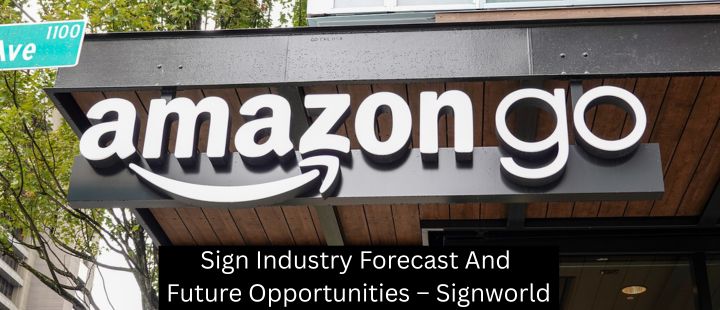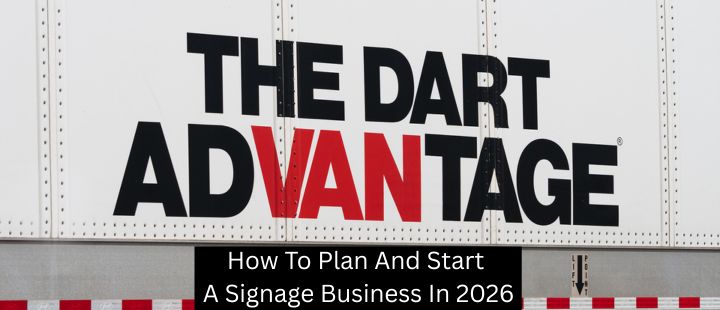
In our last blog post we gave you some information on the theory of testing the efficacy of your business signage as a marketing tool to increase sales. Today, we are going to talk about how to apply that theory to your business so that you can make the most out of your signage.
Identify the Problem
In the last blog post, we mentioned that to properly test your signage it is best to focus on a specific problem that you are hoping to solve. For the purpose of this article, let’s say that the problem that you are trying to solve is that your business is a theatre and you are seeing more individual ticket sales rather than the more predictable subscriptions to the entire theatre season.
Notice that the problem identified is not general, but is instead very specific. Instead of trying to just increase sales, it targets a specific kind of sale, or a specific product.
It can also help to try to understand why customers display a certain behavior, ensuring you can build a solution that corrects that behavior. In our example, patrons might only be buying single tickets because they are unaware of the benefits subscribing has. Alternatively, they might be unwilling to pay the larger, upfront subscription fee, and would rather see performances as they come up, but for a larger overall cost over a longer period of time.
Target a Solution
Having a specific problem to solve can help you measure the results of your marketing through your sign by having the signage give a call to action that will result in a specific behavior that can be measured. Having a targeted solution for your specific problem will make it easier to measure the effectiveness of your sign on the problem you identified. For example, having a general sign advertising your theatre might increase awareness and thus overall sales, but will likely not result in a specific increase in subscription rate.
In this case, urging potential patrons to subscribe is a specific call to action, and the number of subscriptions is a clearly measurable metric. Your solution to the subscription problem will include a sign that urges customers to subscribe to your theatre season, and might even list some of the benefits of subscription over single ticket sales (such as savings, better seat selection, etc).
Another targeted solution for our example that addresses one of the above problems would be a flexible subscription package that allows patrons to pick a smaller number of plays. This will lower the upfront cost of subscribing, while securing the monetary benefit of more a more predictable number of customers.
Put the Solution to the Test
Whichever solution you choose to target your problem, you will want to identify a period of time before implementing your signage campaign, the original rate of subscription (R1).
Once you have accounted for any confounding variables, you can compare R1 with your rate of subscription after implementing your signage (R2). To determine how effective your sign is, you will use this equation to identify the increase in subscriptions (I)
R2-R1=I
For an example, let’s say R1=300, R2=425.
425-300=125.
Your increase in subscriptions was 125. It looks like your signage was effective in eliciting the desired customer behavior of subscribing!
If you have decided to spring for digital signage, testing can be done even more effectively. Because digital signage allows you to update your design and copy, you can test a few different signs without the additional cost of purchasing a whole new sign.
If you test a number of different signs, you will still always compare the resulting number of subscriptions to R1, the period before advertising any of your targeted solutions. Then you can compare the different values for I collected from the different signs to determine which is most effective.
Up next on the blog is a case study so you can see these applications in practice!




